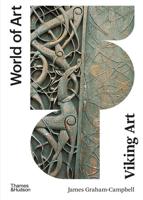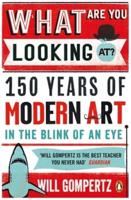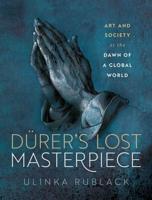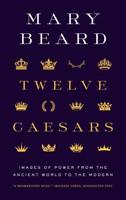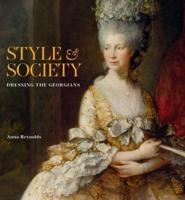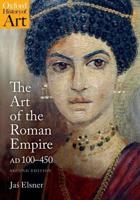Publisher's Synopsis
Modernism in the visual arts has been defined as a liberation from the classical inheritance. The excitement of modern art is often seen to lie in its radical break with the past. But according to one standard narrative, the modern discipline of art history began only with a study of ancient art and sculpture. Johann Joachim Winckelmann's History of the Art of Antiquity, first published in 1764, set the precedent for the historical study of the visual arts, and is still the dominant method in art history today. The modern study of art and the making of modern art thus appear to be founded on incompatible principles: the one on the centrality of ancient art; the other on its utter repudiation. Elizabeth Prettejohn's important and revisionist new book starts from an opposite premise: that the modern study of ancient art and the making of modern art are inextricably intertwined. Subjecting Winckelmann's ideas to astute yet sympathetic critique, the author uses exciting theories of reception to construct a new theory of the relationship between ancient and modern art. Relating seminal ancient artifacts (such as Laocoon, the Parthenon Marbles and Venus de Milo) to modern interpretations by the likes of Alma-Tadema, Leighton, Rodin and Picasso, The Modernity of Ancient Sculpture will have strong appeal to students of art history and classics alike.

